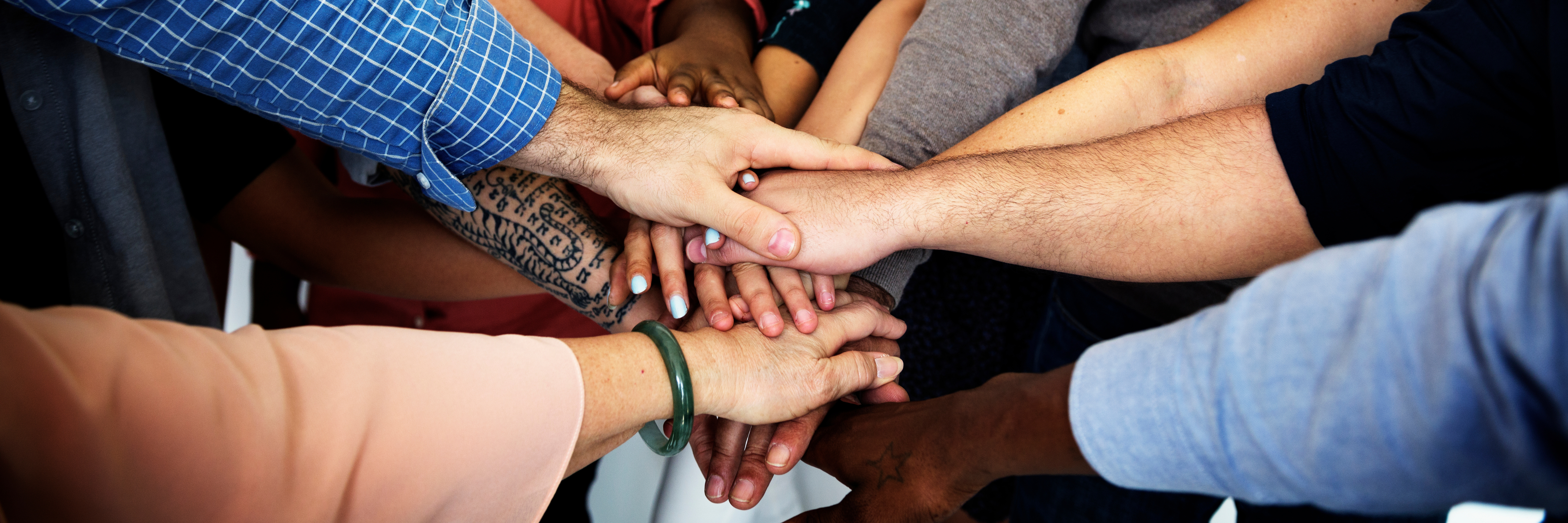Equality in providing our services
One of the important principles when writing this consultation, has been to ensure equality when providing our services. We have therefore used ‘impact on people’ as one of the main criteria when assessing all the risks identified later in this document.
Once the consultation has been agreed we will form actions which we will consult on next year. Each of those actions will have a thorough analysis of the impact on people as a whole and as individuals and groups who may be more vulnerable.
Reviewing the impact on people and ensuring fair access to all our services
There are two main ways we try and build equality into our services for you and your family.
- First, we measure the impact of any policies, procedures and actions we propose on different people and groups. We look at the potential positive, neutral or negative impact on people with protected characteristics such as disability. We also look at the wider impact on others, for example, tourists who are unfamiliar with our area. The results are documented and enable us to work with you, other agencies, and charities to find ways of reducing any negative impact.
- We are committed to ensuring everyone has equality of access to our services, including people living in temporary residences, or transiting through the county. We have identified a number of groups who are potentially at greater risk of fire, or are potentially not accessing services such as home fire safety visits.
In this consultation, please help us to understand any issues from your perspective and how these might be addressed. We also want to work with you to re-design services or access help where needed.

What equality of access means
We are committed to providing equality of access to all our services. This includes actively seeking to engage people who may be unaware of or choosing not to access services from us and other public sector providers.
Our approach is designed to ensure equality of access irrespective of:
- age
- gender (including gender reassignment and gender identity)
- race (including colour, nationality, ethnic or national origin)
- being married or in a civil partnership
- being pregnant or on maternity leave
- disability
- religion or belief (including no-belief)
- sex or sexual orientation
- caring responsibilities
- socio-economic class
- whether such an identity is actual or perceived or whether this is by association with persons from any of these equality strands.
Our fire investigation and operational assurance processes teach us that some people are more likely to have a fire, including those who are living with dementia, mobility issues, and mental health issues. There are also communities and individuals who may not be accessing our services, such as safe and well visits or reporting fires. Barriers may include language, perceived prejudice, and other societal factors/historical discrimination.
To ensure equality of access, reduce fire risk and other life risk across all our customers, we need to develop different approaches for different communities and people, working with them to understand how our messaging and services need to adapt.
Through our approach to equality of access we:
- identify all the communities and customers that make up the Kent and Medway area
- identify how we can improve access to (a) the provision of the full range of services we provide and (b) employment opportunities for all the individuals and communities we serve
- learn from and enhance good practice, try and reduce any adverse impact of our services, and eliminate any unlawful discrimination through equality monitoring
- promote good community relations
- use appropriate engagement techniques including social marketing to inform and focus on behaviours to help customers adopt safer ways of living.
Data, academic evidence, and case studies have informed our people impact assessments.
Vulnerable / at-risk groups
Kent and Medway is faced with a wide range of risks that could have a disproportionate impact on specific vulnerable and at-risk groups. Individuals within these groups are likely to experience a higher threat to their life or wellbeing in comparison to the general population when an incident happens. They are also more likely to suffer financial hardship either as a direct or indirect consequence of an incident. For example, across the world we have seen individuals affected differently by events, including:
- people with pre-existing mental or physical health conditions or disabilities (whether living in the community or in long-term care facilities)
- older adults
- children
- pregnant women
- informal or self-employed workers
- people in lower socio-economic groups or who are financially insecure
- individuals exposed to abuse or violence
- migrants
- people who are socially isolated
- individuals with less knowledge and experience related to specific risks

This list is not exhaustive but illustrates the wide range of groups who could be considered (or could become) vulnerable. Additionally, individuals who might be considered vulnerable for one type of risk might not be for another, or may even be considered more resilient than the general population. As a result, when planning for and responding to these risks, part of our role is to support you, helping to reduce any impact.
